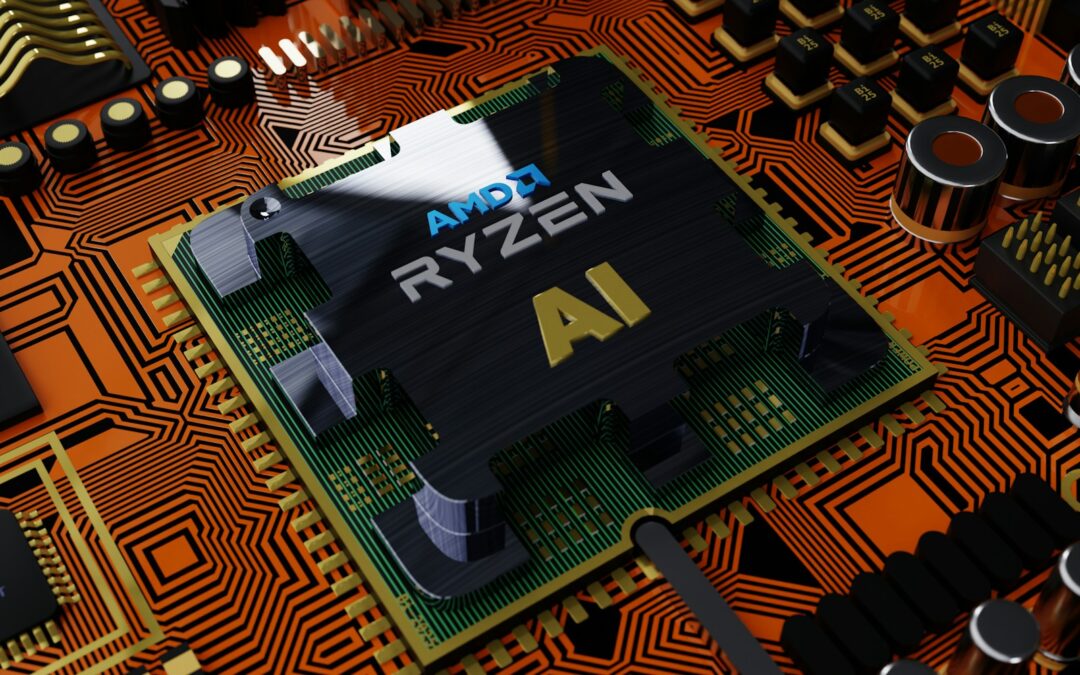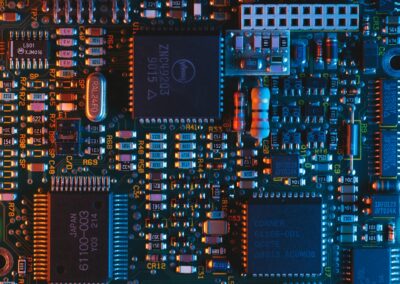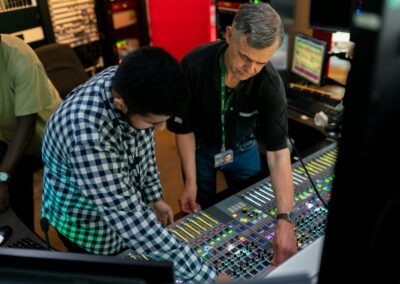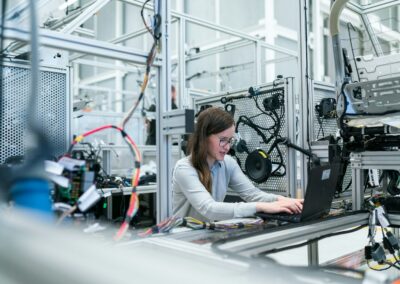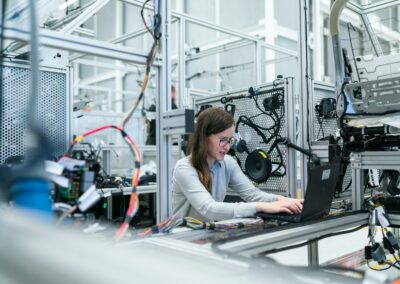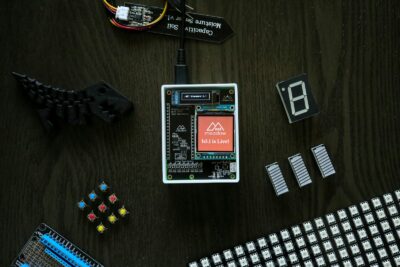Enhancing Digital Twin Efficiency through Edge Computing
Understanding Edge Computing in Digital Twin Technology
The advent of edge computing is revolutionizing the landscape of digital twin applications by enabling more efficient and localized processing. Edge computing refers to the practice of processing data closer to its source rather than relying on centralized data centers. This approach is particularly beneficial for digital twins, which are virtual replicas of physical systems used for simulation, analysis, and optimization. By leveraging edge computing, businesses and smart cities can enhance the performance of digital twins through reduced latency and improved real-time data processing.
In the context of Saudi Arabia and the UAE, where rapid urban development and technological advancements are prevalent, edge computing offers significant advantages for managing complex digital twin applications. For instance, in Dubai’s smart city initiatives, edge computing allows for immediate processing of data from various sensors and IoT devices integrated into digital twins. This results in more accurate and timely simulations, which are crucial for optimizing infrastructure, transportation, and other urban systems. Similarly, Riyadh’s development of smart technologies can benefit from edge computing’s ability to handle high volumes of data with minimal delay.
The combination of edge computing and digital twins is particularly transformative for industries such as manufacturing, energy, and urban planning. By enabling localized processing, edge computing ensures that digital twins can operate more efficiently, providing valuable insights and enabling real-time decision-making. This technological synergy is set to drive innovations and improvements in how digital twins are utilized across various sectors, leading to smarter and more responsive systems.
Benefits of Localized Processing for Digital Twin Applications
Localized processing through edge computing significantly enhances the functionality and efficiency of digital twin applications. One of the primary benefits is the reduction in latency. Traditional cloud-based systems often experience delays due to data transmission over long distances. Edge computing mitigates this issue by processing data closer to the source, resulting in faster response times and more immediate feedback for digital twin simulations.
For example, in the context of waste management in smart cities, edge computing can facilitate real-time monitoring and adjustment of waste collection processes through digital twins. This enables cities to optimize routes and schedules dynamically based on current conditions, leading to more efficient waste management and reduced operational costs. Similarly, in the industrial sector, edge computing enhances the performance of digital twins by enabling real-time monitoring of equipment and processes, which is essential for predictive maintenance and operational efficiency.
Additionally, edge computing supports the scalability of digital twin applications. As the volume of data generated by IoT devices and sensors continues to grow, edge computing provides a scalable solution by distributing processing tasks across multiple edge nodes. This distributed approach allows digital twins to handle larger datasets and more complex simulations without overwhelming centralized systems. Consequently, businesses and city planners can leverage digital twins to gain deeper insights and make more informed decisions.
The Future of Digital Twins with Edge Computing Integration
The integration of edge computing with digital twin technology represents a significant advancement in how data is processed and utilized. Looking ahead, this integration is poised to unlock new possibilities for enhancing the capabilities of digital twins. As edge computing technology continues to evolve, we can expect to see even more sophisticated applications and use cases emerging.
In Saudi Arabia and the UAE, the development of edge computing infrastructure is expected to further accelerate the adoption of digital twins in various sectors. For instance, in the energy sector, edge computing can enhance the monitoring and management of renewable energy sources through digital twins, enabling real-time optimization and predictive maintenance. In smart cities, edge computing will support the deployment of digital twins for managing transportation systems, public safety, and environmental monitoring, leading to more resilient and efficient urban environments.
The future of digital twins with edge computing integration also holds promise for enhancing collaboration and innovation. By providing more immediate and accurate data, edge computing will enable organizations to conduct more effective simulations and analyses. This, in turn, will foster greater collaboration among stakeholders and drive innovation in areas such as infrastructure development, environmental sustainability, and public services.
Conclusion
The development of edge computing is a game-changer for digital twin applications, offering enhanced efficiency, reduced latency, and localized processing. For business executives and city planners in Saudi Arabia and the UAE, embracing edge computing technology will be crucial for optimizing the performance and impact of digital twins. By leveraging this technology, organizations can gain valuable insights, make data-driven decisions, and drive innovation across various sectors. As edge computing continues to evolve, its integration with digital twins will pave the way for smarter, more responsive, and more efficient systems, contributing to the advancement of smart cities and industries.
—
#EdgeComputingDigitalTwins #DigitalTwinTechnology #LocalizedProcessing #SmartCityTech #DubaiDigitalTwins #RiyadhSmartTech #SaudiArabiaInnovation #UAEEdgeComputing #DigitalTwinsEfficiency

